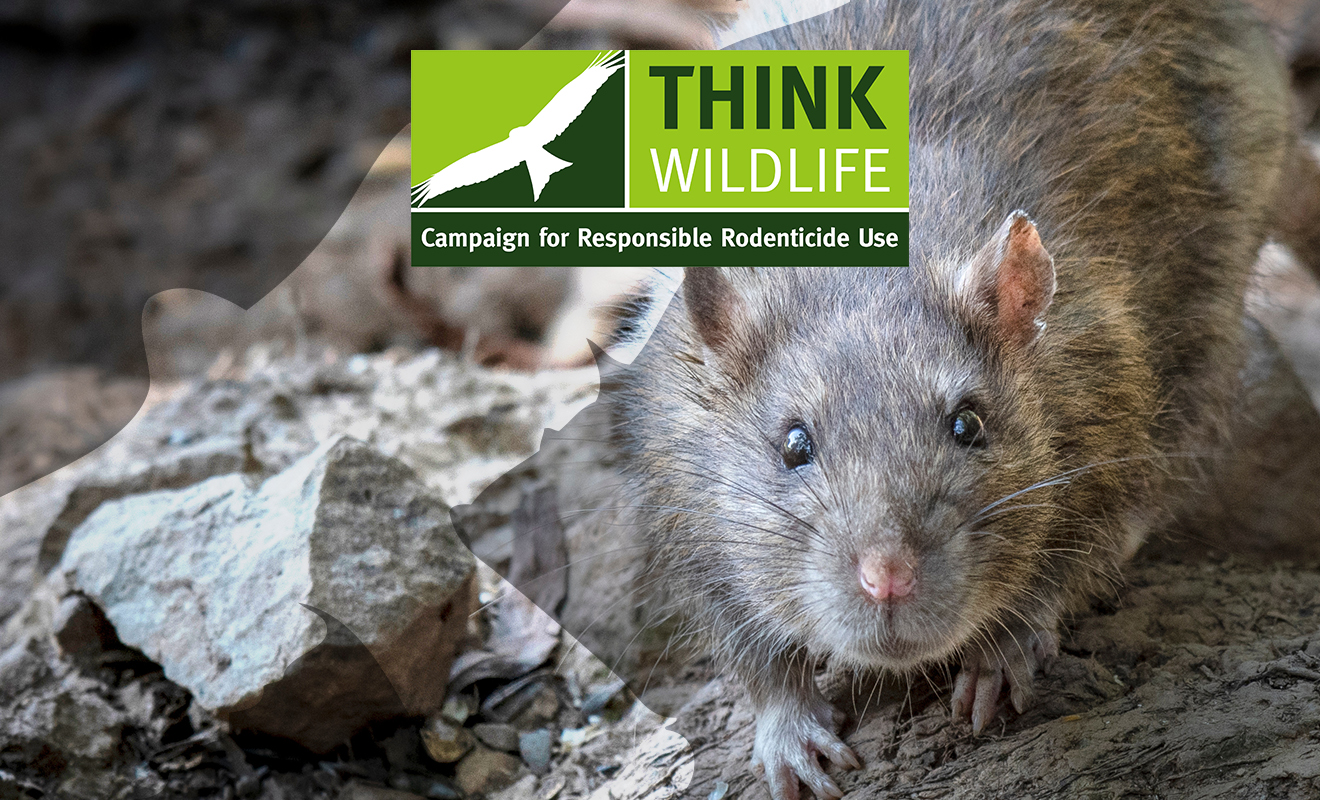New guidance issued to professional rodenticide users
The Campaign for Responsible Rodenticide Use (CRRU) has released its latest Code of Best Practice (CoBP), reflecting forthcoming legal requirements on professional rodenticide application and supporting the safe and effective rodent pest management delivered by gamekeepers, farmers and pest control technicians.
Key revisions to the fourth edition of the document, which exists as an essential source of information for rodenticide practitioners, account for the withdrawal of the ‘open area’ pattern of use for second generation anti-coagulant rodenticides (SGARs). As it will be illegal to use SGARs in outdoor locations unless connected to a building from 1st January 2025, the updated CoBP delivers greater clarity on rodenticide use terminology, as well as updated references to bait availability.
Nic Blaszkowicz, Best Practice Working Group leader for CRRU, said, that the industry-led partnership is constantly considering and updating guidelines, stating: “The main reason we are bringing these changes in, tightening up the patterns of use, is to reach the end goal of reducing rodenticide residues in non-target animals, such as barn owls.
“There have been great strides with stewardship to date, and people are now much more educated, qualified and knowledgeable about responsible rodent control. That said, we are urging our user communities to come together and work harder, and familiarising yourself with strategies and methods presented in the latest CoBP is a valuable first step.”
The CRRU CoBP offers a range of effective methods for successful rodent management including elimination of harbourage, food and water; trapping, shooting and dogs. When rodenticide application is however required, the handbook stresses the need for trained professionals to read the product label text and strictly adhere to the instructions presented.
Commenting on the updated industry guidance, Graham Turner, Technical Manager at the National Pest Technicians Associations (NPTA) said: “The CRRU Code of Best Practice is an important instruction manual for those carrying out rodent control. The 2024 amendments bring it up-to-date and incorporate helpful interpretation on new rodenticide label phrasing.
“My advice to all fellow rodenticide users remains clear. Follow the Code, and help preserve our ongoing ability to utilise rodenticides.”
If residues carry on going up the food chain into the wildlife, Government may regulate to the effect that SGARs can no longer be used for infestation management, other than inside closed buildings.
Dr Alison Warrington, Senior Plant Health Adviser at the National Farmers Union (NFU) said: “The application of rodenticides remains an important tactic for rodent management on many farms, and reducing the risk of accidental exposure of humans and non-target animals remains a priority. We are therefore pleased to see clarifications in the revised Code that clearly define upcoming changes to the use of SGAR products.
“To safeguard our access to rodenticides, it is imperative that users continue to adhere to the best practice guidelines and product instructions, and where necessary, engage in Continuing Professional Development (CPD), ensuring maximum knowledge and results from practical application.”
Glynn Evans, the gamekeeping sector representative with CRRU added: “Gamekeepers are also really skilled at a number of methods of pest management, and the hierarchy risk controls for rodents means you wouldn’t reach for rodenticides as the first option. In certain circumstances however, rodenticides are essential, and as a sector we need them. Therefore, as a community, we must continue to embrace stewardship, training and the CoBP”.
For more information and to download the updated handbook, visit:
https://thinkwildlife.org/download/crru-uk-code-of-best-practice-2024/?wpdmdl=18095&masterkey=614067169000a






